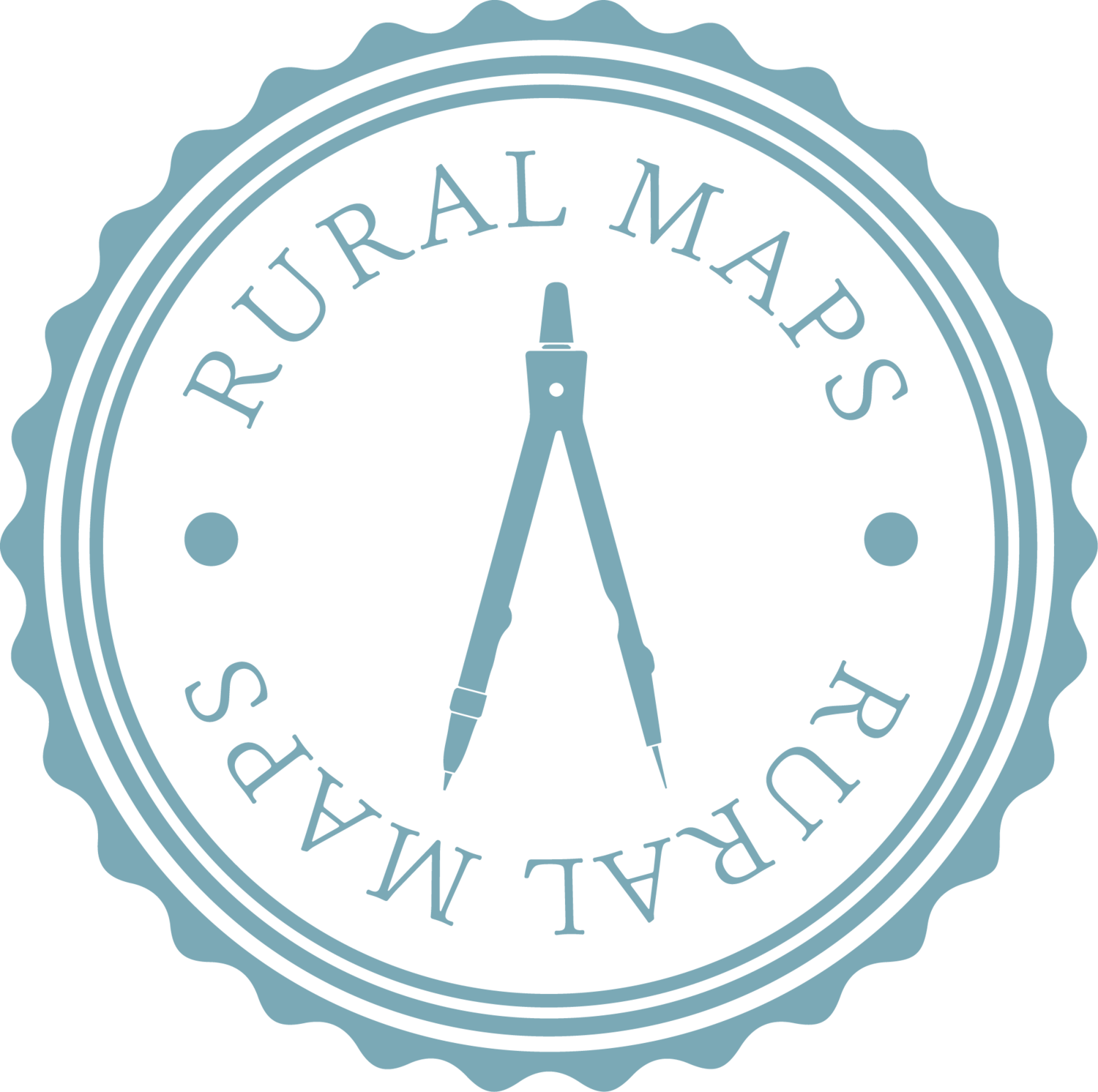Changing hands and changing heads
How an estate or farm works is often in the heads of its owners, employees and contractors. There will likely be a box of dusty maps and plans in an office somewhere of various buildings, land drains and private utilities were installed over the past century. However, much was never written down or documented. This knowledge of the inner workings of these properties remains in peoples heads and can be lost. This is particularly pertinent when outgoing members of staff retire and ownership changes hands.
Typical scenario
A country estate is bought, but no one really knows quite where that water pipe crosses the field – Ol’ Tom installed them but retired years ago. The blocked Victorian surface drains in the yard must outfall somewhere, but no one quite knows. There is a knack to emptying down the reservoir without filling everyone’s kitchen taps with sludge. Don’t step on that rusty manhole cover because there is a septic tank beneath. We once buried some asbestos and old fridges in the quarry. That branch of old pipework is isolated in the stable as it bubbles up under the driveway if you switch it on.
Making sense of it all
We produce comprehensive written reports on how farms and estates work. Through a series of site visits, touring the property with the team on site we will gather a wealth of knowledge. Produce a single accurate map of what is where, with dozens of layers of data. Investigate where trails run cold and fill in the gaps. Find things you never knew existed. Use GPS to plot over-and underground services.
Remote investigation
We’ll source present day mains utility records. Scour through historic aerial photography to find signs of when underground services were buried. Obtain records and filing from land agents.
Dealing with a fellow farmer
Our approach is that this not be an invasive, high-viz jacket, hard hat and clipboard exercise. It is dealing with one person, typically Anthony (a fellow farmer) or Catherine. Spending time with the team on site, jumping in a pickup truck and having a drive around. Listening. Asking questions which prompt not only answers, but more relevant things that are worth knowing. Building up a relationship. Cups of tea and home-made flapjacks around the kitchen table. Joining the family for a dog walk and seeing the owl boxes in the woods. Sharing glasses of G&T in the evening whilst we make sense of all the building keys. Being left to investigate and lift every manhole cover on the property. Borrowing the farm quad bike to survey the woodland rides. Over the course of a property being exchanged and completed, Anthony or Catherine will be familiar faces on site, coming and going.
‘How the farm works’
You will end up with an indexed digital document, with chapters on all the property’s inner workings. All historic documents scanned and catalogued. A map drawing with dozens of layers.
Our maps can feed into your own LandApp account - putting together an accurate baseline of the property which you can then take on and run with.
Rural Maps takes on a handful of these knowledge capture projects a year. Both in the UK and overseas. It should not be left until the last minute, and ideally started a few months before the cut off point; be it a retirement or property changing hands.




